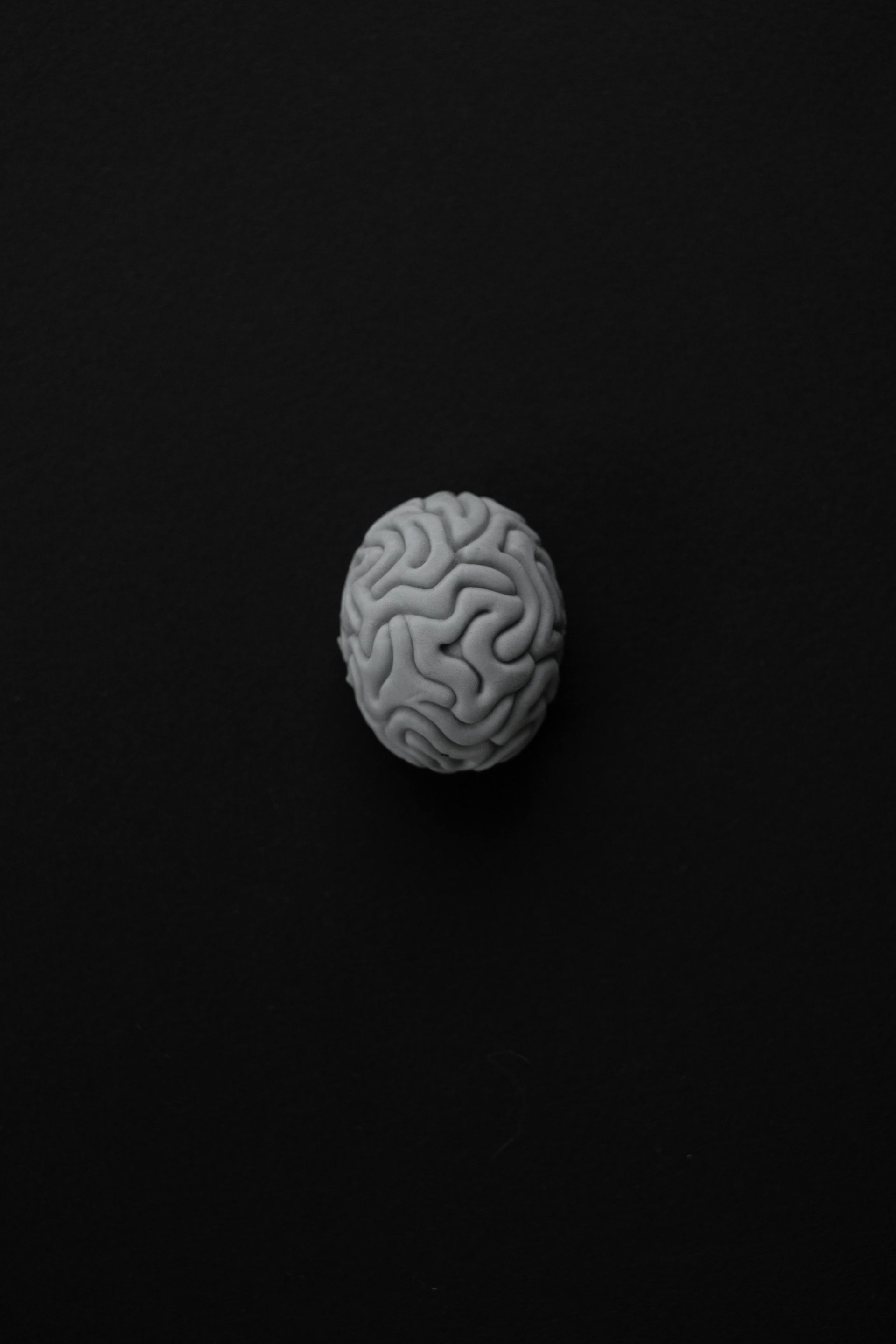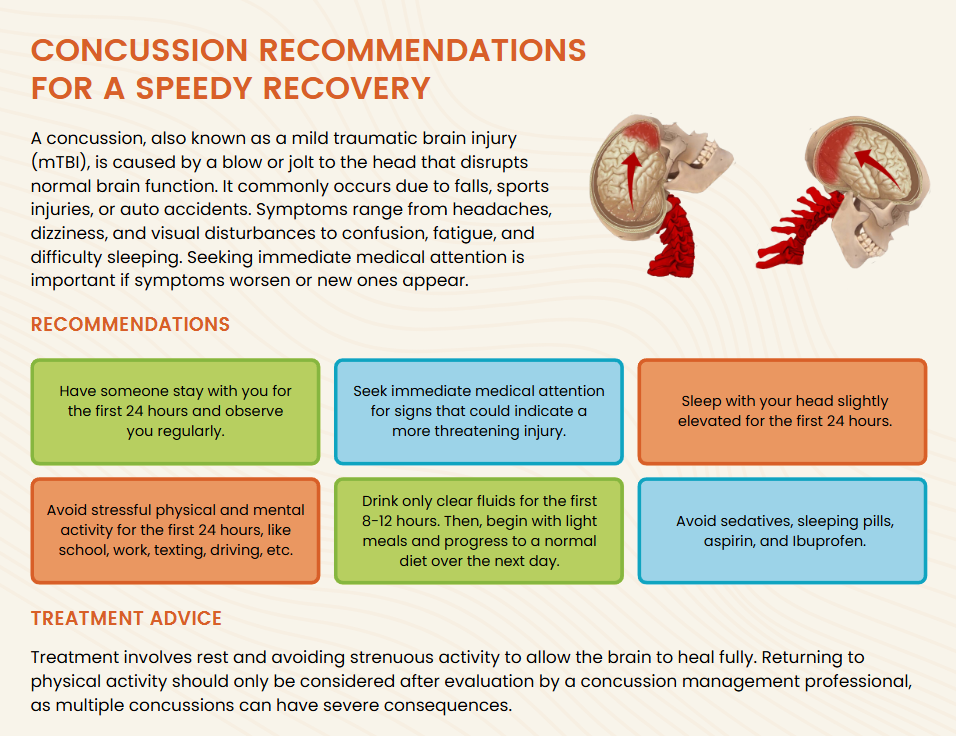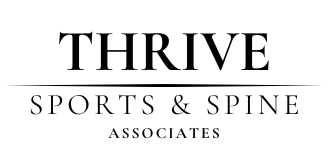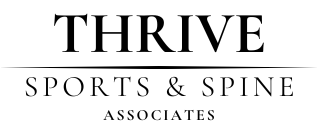December 8, 2025
Over the past few decades, chiropractic care has moved beyond tradition and opinion — it is increasingly grounded in research. According to the article Evidence-Based Practice and Chiropractic Care, a growing body of well-conducted clinical trials and systematic reviews shows that manual therapies such as spinal manipulation, massage, and joint mobilization can be effective and safe for many common musculoskeletal conditions. At Thrive Sports & Spine, this shift toward evidence-based care isn’t a trend. It is part of our mission. We design each treatment plan using a comprehensive movement assessment, orthopedic and neurologic evaluation, and a clear understanding of your specific pain, lifestyle, and goals. What the Research Says — And How We Apply It Back, Neck, and Headache Relief The article highlights strong evidence that spinal manipulation can help with acute, subacute, and chronic low back pain. Research also supports manipulation, especially when combined with exercise, for certain types of neck pain and headaches, including cervicogenic headache and migraine. Massage and soft-tissue therapies also show benefit when paired with movement-based rehabilitation. At Thrive, this means treatment for lower back pain, neck stiffness, posture-related issues, or recurring headaches is guided by proven approaches rather than guesswork. More Than Just the Spine: Extremities, Joints, and Whole-Body Health While the strongest research evidence focuses on spinal conditions, the article notes that manual therapy may also help with shoulder pain, knee or hip discomfort, plantar fasciitis, and other joint issues. These findings support what we see clinically: many patients improve when care includes a combination of adjustments, soft-tissue treatment, corrective exercise, and other targeted therapies. This aligns with our approach at Thrive Sports & Spine, where every treatment plan is tailored. We use techniques such as spinal adjustments, soft-tissue therapy, spinal decompression, targeted rehabilitation exercises, shockwave therapy, and more, depending on each patient’s needs. What This Means for Patients — Safe, Effective, Personalized Care The research shows that manual therapies are generally safe, with serious complications being rare, and most side effects mild and short-lived, similar to what you might feel after exercising. As chiropractic education evolves to include more scientific evaluation, patients benefit from care that is rooted in evidence rather than tradition alone. At Thrive Sports & Spine, this commitment translates into safe, personalized, and effective treatment for a wide range of musculoskeletal conditions. Why Thrive Is a Good Fit — Our Philosophy Meets Evidence At Thrive Sports & Spine, we look for the root cause rather than treating symptoms alone. Our chiropractors are trained in several manual and soft-tissue techniques, including methods like Active Release Technique. We offer spinal adjustments, decompression therapy, soft-tissue treatments, and other modalities that allow us to choose the most appropriate option for each individual. Instead of a single approach for everyone, we create treatment plans based on movement patterns, posture, function, and your long-term health goals. Final Thoughts: Empowered Care for Long-Term Health The shift toward evidence-based chiropractic care reflects a broader movement in healthcare toward data-driven decisions and patient-centered treatment. For patients at Thrive Sports & Spine, this means receiving care that is supported by research and personalized for your unique needs. If you are dealing with back pain, neck discomfort, joint problems, recurring injuries, or mobility limitations, you deserve treatment guided by evidence and tailored specifically to you. Thrive Sports & Spine is here to help you move better, feel stronger, and live with less pain. https://pmc.ncbi.nlm.nih.gov/articles/PMC3716373/ Citation Clar C, Tsertsvadze A, Court R, Hundt GL, Clarke A, Sutcliffe P. Evidence-Based Practice and Chiropractic Care. Journal of Evidence-Based Complementary and Alternative Medicine. 2011;16(1):17–31. Available from: https://pmc.ncbi.nlm.nih.gov/articles/PMC3716373/












